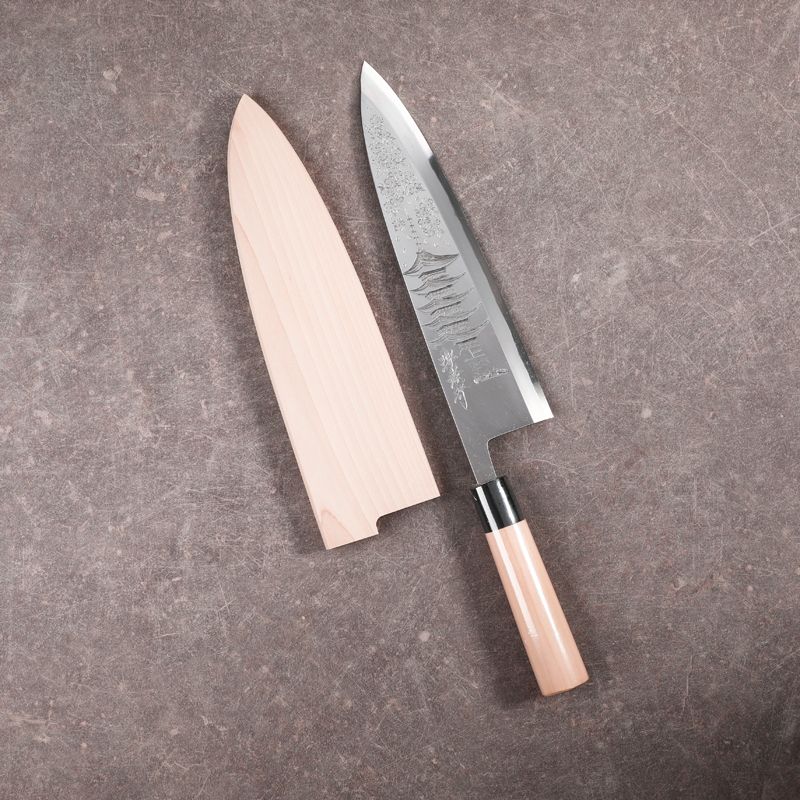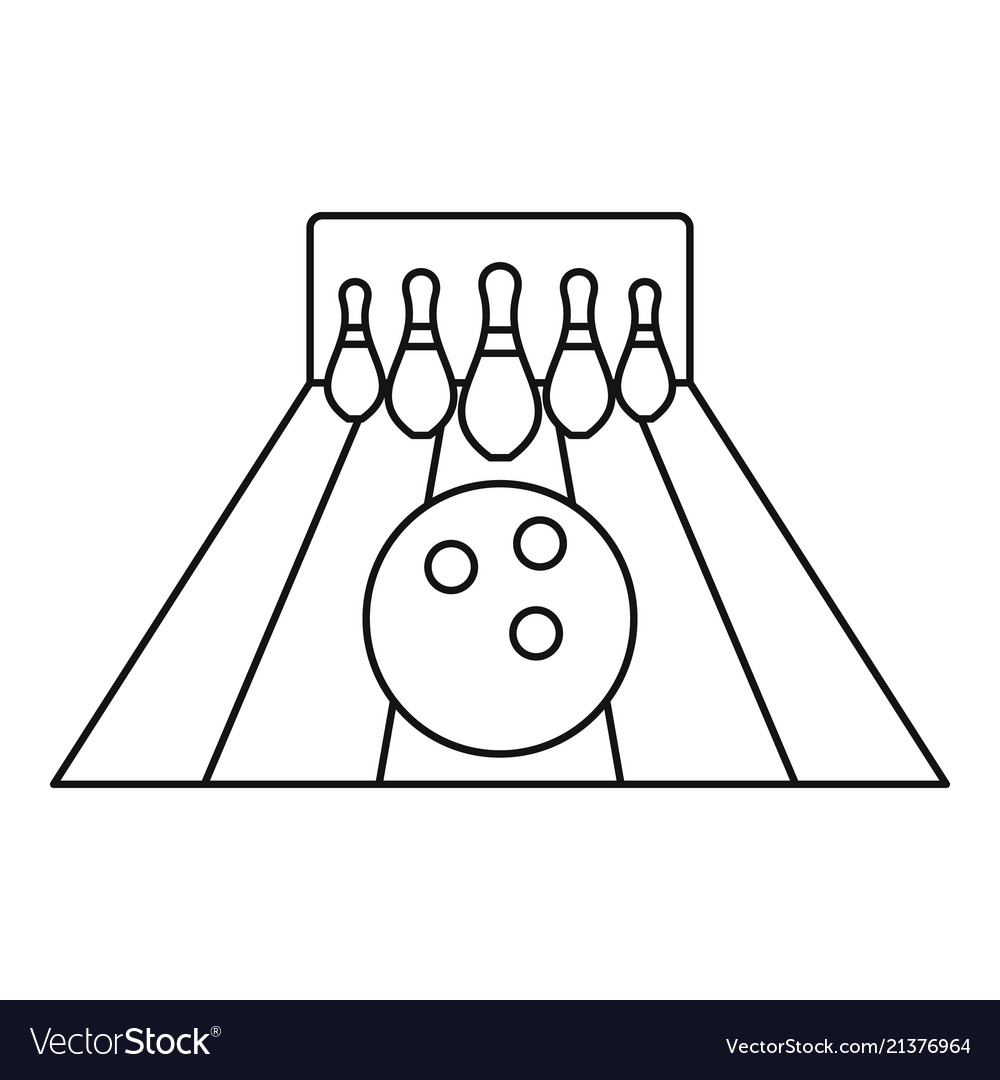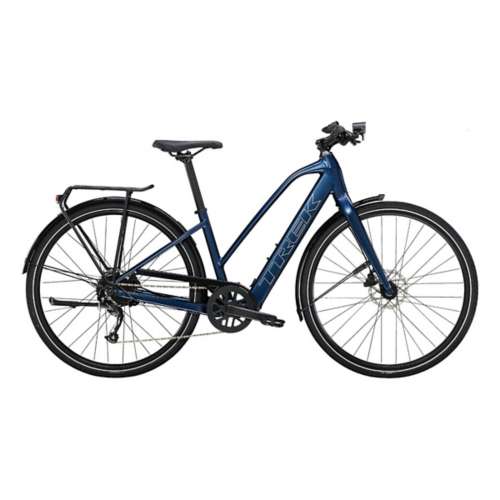What Weight Ball Should I Bowl With: Strike Mastery Guide
Select a bowling ball that is roughly 10% of your body weight; a standard range is between 6 to 16 pounds. A proper weight enables better control and delivery.
Seeking the ideal bowling ball weight can vastly improve your game, whether you’re a casual player or a seasoned pro. The weight of the ball you choose impacts your swing and the power behind your throw. It’s crucial to strike a balance that won’t strain your arm but will still knock down those pins effectively.
This guide reveals insights into selecting a weight that complements your strength and style, ensuring your bowling experience is both comfortable and competitive. Remember, consistency and comfort are key to maintaining precision and avoiding injury on the lanes.

Credit: www.amazon.com
Assessing Your Bowling Ball Needs
Choosing the right weight bowling ball is crucial for your game. It’s not just about hefting the heaviest ball down the lane. It’s about finding the perfect balance that enhances your performance, maximizes your score, and maintains your physical health. When selecting a ball, assess your skill level, strength, and endurance.
Your Skill Level And Weight Considerations
Your choice in bowling ball weight is often tied to your experience in the game. Beginners might opt for lighter balls, as they are easier to control. More seasoned bowlers may lean towards a heavier ball for better pin action.
- Beginner: 10-12 lbs
- Intermediate: 12-14 lbs
- Advanced: 14-16 lbs
Physical Strength And Endurance
Physical capabilities play a significant role in ball selection. You must be able to safely handle the ball throughout games without strain. Always choose a ball that allows you to maintain a smooth delivery and protect against injury.
| Age Group | Suggested Ball Weight (lbs) |
|---|---|
| Children (8-11 yrs) | 6-10 |
| Teens (12-14 yrs) | 10-14 |
| Adults (15+ yrs) | 12-16 |
Remember to consider your game frequency and duration. Bowlers that play multiple games may need a lighter ball to endure longer sessions without tiring.
The Science Of Pinfall
At the heart of bowling lies an intricate dance between the ball and the pins, a dance governed by physics. The right ball weight can transform this dance into a spectacular pinfall. Let’s dive into the science of why ball weight matters in bowling.
Understanding Ball Weight And Pin Action
Ball weight affects how pins react when struck. Here’s what you need to know:
- A heavier ball carries more momentum.
- This momentum transfers more energy to the pins on impact.
- Lighter balls might not knock down pins as effectively.
But it’s not just about weight. The bowler’s speed and style also play crucial roles in pin action. A perfect match leads to the satisfying crash of a strike.
The Impact Of Ball Weight On Strikes
For strikes, the science is clear:
- A heavier ball can improve strike potential.
- It must match the bowler’s ability to control and deliver the ball with ease.
- The sweet spot is typically 10% of the bowler’s weight.
Yet, too heavy a ball might lead to fatigue or injury. Choosing the right weight is a balance between physics and personal comfort. Aim for a ball that maximizes pinfall without sacrificing your form or health.
Bowling Ball Weight Selection
Finding the perfect bowling ball weight is key to your game. A ball that’s too heavy can cause strain, while one that’s too light won’t knock down pins as effectively. Select a ball that enhances your performance and ensures a comfortable play. Let’s look at a simple test and debunk some common myths to help you choose.
The Swing Test For Determining Weight
To find the right weight, try the swing test. Hold the bowling ball and let your arm swing freely by your side. If you can maintain control without strain, the ball might be the right weight. Consider these points:
- Your arm should swing without pain.
- A slight flex in your elbow is okay.
- If your arm feels tired quickly, the ball may be too heavy.
Common Myths About Heavy Bowling Balls
Heavy balls knock down more pins—is this always true? Not exactly. Here’s why:
| Myth | Fact |
|---|---|
| Heavier balls always score better. | Control and comfort lead to better scores, not just weight. |
| You need brute strength for heavy balls. | Technique and the right fit matter more than raw strength. |
| Lighter balls can’t get strikes. | Accuracy and speed can still lead to strikes with lighter balls. |

Credit: www.nishikidori.com
When To Choose A Lighter Ball
Discovering the perfect bowling ball weight makes a game more enjoyable and can lead to higher scores. Sometimes, a lighter ball is the best choice. This section focuses on scenarios where opting for a lighter ball could significantly benefit your game and keep you bowling comfortably for longer periods.
Returning From Injury With The Right Ball
If you’ve recently recovered from an injury, it’s critical to avoid re-injury. Choosing a lighter ball can lessen the strain on your body.
- Reduce stress on your arms and shoulders
- Maintain control over your swings
- Focus on smooth delivery, not just power
Consult with coaches or medical professionals to determine the ideal weight during your recovery phase.
Junior Bowlers And Weight Criteria
Juniors have unique needs when selecting a bowling ball. Picking the right weight is important for their development and enjoyment of the game.
| Age | Suggested Ball Weight |
|---|---|
| 6-8 | 6-8 lbs |
| 9-11 | 8-10 lbs |
| 12+ | 10-15 lbs |
This guidance helps young players choose a ball they can handle. It prevents injuries and helps them refine their technique.
Customizing Your Bowling Experience
Stepping into a bowling alley, the choices seem endless. Yet, finding the ideal ball transforms the game from average to unforgettable. It’s not just about avoiding gutter balls; it’s about customizing your bowling experience to match your style and needs. Let the journey of personalization begin!
Personalizing Your Bowling Ball
Selecting the right weight is crucial for a comfortable, effective throw. Some general rules help guide the choice:
- A ball should weigh roughly 10% of your body weight.
- Adult males typically choose between 14 to 16 lbs.
- Adult females usually go for 10 to 14 lbs.
- Younger or less muscular players might prefer a ball that’s 6 to 14 lbs.
Test different weights at the alley before making a decision. This practical test allows for a real feel for what suits you best.
Pros And Cons Of Custom Versus House Balls
| Custom Balls | House Balls |
|---|---|
|
|
While a custom ball may come with a higher price tag, the advantages lie in the tailored fit and potential for a more consistent performance. On the other side, house balls offer convenience and zero cost, but may compromise your game due to an imperfect fit.
Practical Test Drive: The Bowling Alley
Discovering the ideal weight for your bowling ball is an exciting journey that unfolds at the alley. Think of it as a practical test drive, much like you would with a new car. You can read and speculate all you want, but the real feel comes only with hands-on experience.
Experimenting With House Balls
House balls, available at any bowling center, are perfect for testing. They come in a range of weights, making it easy to find your starting point. Start with a lighter ball and gradually move up to heavier options. This stepwise approach helps identify comfort and control without overwhelming yourself.
- Start light: Begin with lighter balls to focus on form.
- Incremental increase: Increase weight in small increments.
- Observe your swing: Notice changes in your arm swing as you try different weights.
What To Observe When Trying New Weights
Keep an eye out for key factors that influence your choice:
| Weight Consideration | Observations |
|---|---|
| Arm fatigue | Does your arm feel tired quickly? |
| Accuracy | Is your aim consistent? |
| Ball speed | Do you maintain a steady ball speed? |
| Control | Can you control the ball easily? |
| Comfort | Does the ball feel right in your hand? |
Through these observations, choose a weight that feels manageable, yet provides enough power to knock down the pins. This balance is essential for improving your game. Remember, it’s not about the heaviest ball but the right ball for you.

Credit: www.blackoperaalliance.org
Frequently Asked Questions For What Weight Ball Should I Bowl With
How Do I Know What Weight Bowling Ball To Use?
Choose a bowling ball weight that equals roughly 10% of your body weight, up to 16 pounds. Ensure you can comfortably hold, swing, and release the ball without strain.
Is It Better To Bowl With A Heavier Ball?
Using a heavier ball can increase pin action and power, but comfort and control are essential for consistent bowling.
How Do I Know If My Bowling Ball Is Too Heavy?
Your bowling ball might be too heavy if you struggle to hold it comfortably or control its swing without straining.
What Is A Better Estimate For The Weight Of A Bowling Ball?
A typical bowling ball weighs between 6 and 16 pounds.
How To Identify Ideal Bowling Ball Weight?
The ideal bowling ball weight is typically 10% of your body weight, up to a maximum of 16 pounds for adults.
Conclusion
Selecting the right ball weight is essential to your bowling game. Remember, a comfortable weight maximizes control and power. Balance between heft and handling to improve your score. Consult a pro shop or coach if you’re uncertain. Roll with confidence, knowing you’ve chosen wisely for peak performance on the lanes.

Passionate Bowler and Bowling Enthusiast
Jess Pinelli is a dedicated bowling enthusiast with a deep love for the sport that spans over 6 years. With numerous strikes, spares, and a few gutter balls under hes belt, he has honed his skills on lanes across the country. Pinelli’s journey in the world of bowling has been a remarkable one, from casual weekend games with friends to competitive league play and even a few local tournaments.
Driven by her passion for the game, Pinelli decided to channel her expertise and knowledge into the digital realm, becoming a prolific author on this bowling website. She’s your go-to source for everything bowling-related, from mastering the perfect hook to choosing the right bowling ball and even navigating the world of bowling etiquette.
When she’s not busy writing informative articles or reviewing the latest bowling gear, you’ll likely find Pinellis at her favorite local bowling alley, helping newcomers improve their game or enjoying some friendly competition with fellow bowlers. She firmly believes that bowling is not just a game but a community, and she’s committed to fostering that sense of camaraderie both online and offline.



